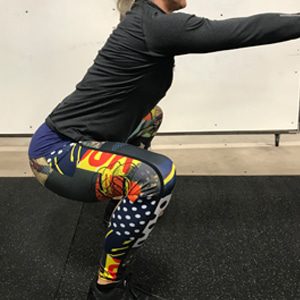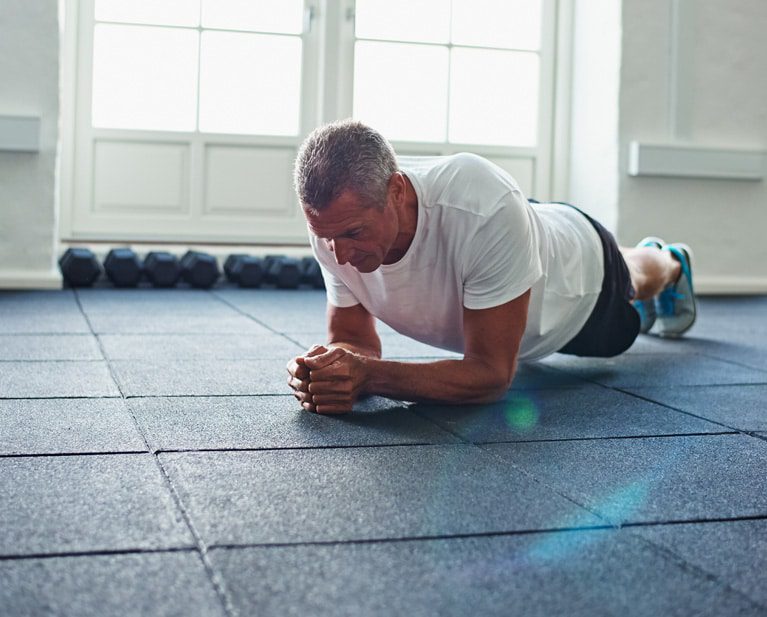The truth is, muscle becomes more and more difficult to build and maintain with increasing age.
In fact, adults begin losing muscle in their 30s, with a progressive decline of lean muscle mass each following decade.
To maintain independent function as you age, it is essential to combat physiological changes with concerted efforts such as a healthy diet and consistent exercise.
Exercise and Your Wellbeing
Frequent workouts aren't just a great way to build muscle strength. Working out promotes a better quality of life, too.
According to the American Heart Association (AHA), physical activity boosts not only mental and physical wellness but also prolongs optimal health. Studies show that regular exercise reduces anxiety, depression, and tension because the movement causes an endorphin release, triggering a positive feeling throughout the body.
The AHA recommends at least 150 minutes of moderate activity each week, or 30 minutes a day at least five days per week.
Safe Exercises to Start Moving Again
If you are a senior adult interested in safe exercise options, consider the Centers for Disease Control and Prevention (CDC) Guidelines for Physical Activity, which state adults need at least two days of muscular strength activity a week.
Based on your personal fitness level, your physical therapist may recommend a variety of exercises, including:
- Crunches
Abdominal exercises like a simple crunch help to strengthen your core. To perform a crunch, lie on your back with your legs bent and feet flat on the floor. Place your hands next to your ears and be sure to keep your shoulder and elbow joints aligned while moving. In a slow motion, curl your upper body upward and bring your chest to your legs, creating a 'C' with your torso.
- Squats
Squatting exercises increase strength in the entire lower body. To perform a squat, stand toes pointed forward, with your feet at a comfortable distance. Push your hips back to lower into a squat, and reach your arms forward to ensure balance. As you bend, push your buttocks out to maintain a straight posture and remember not to bend your knees past your toes. Hold this position for a few seconds before returning to a standing position.

- Deadlifts
While intimidating to some, the deadlift recruits multiple muscles all at once, which helps to build strength and increase movement overall. To perform a single leg deadlift (RDL), place your hands on your hips to make sure you aren't rotating your pelvis or straining your back. Keeping hips flat and aligned with your spine, lower your upper body towards the ground until you feel a hamstring stretch in the stance leg. Use your glutes to return to a standing position.
To learn more about building muscle as you age, read Part One: Weight Training and Part Two: Nutrition.
Your local SetPT therapists are trained professionals who will work with you one-on-one to help rebuild your strength. If you'd like to schedule an initial movement assessment or have any muscle loss concerns, please reach out to us today.





